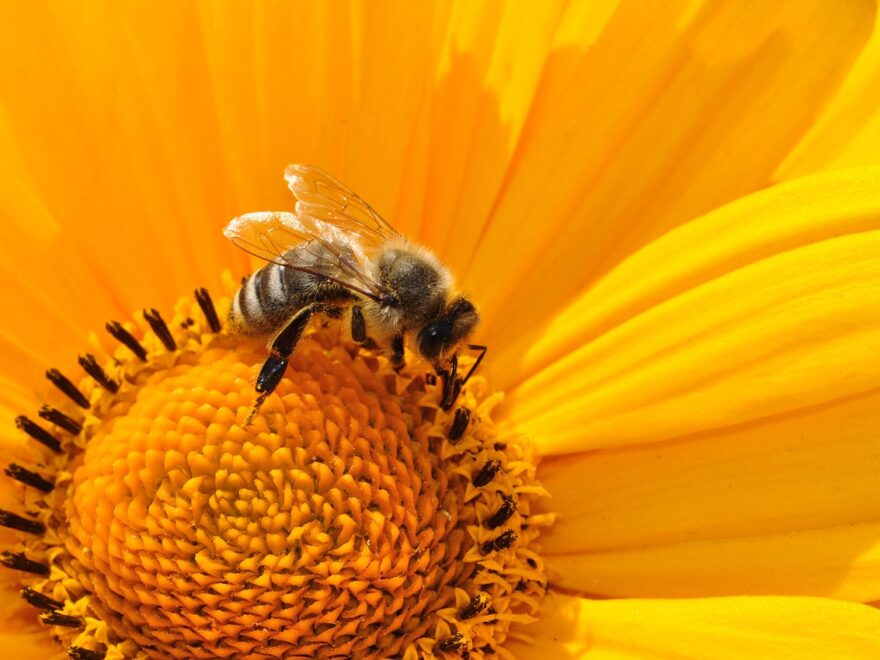How might you add keystone species to the concept map?
Concept maps are powerful tools for visualizing and understanding complex ideas, and when it comes to ecology and biodiversity, they play a vital role in unraveling the intricate relationships within ecosystems. One crucial element that deserves a prominent place on your ecological concept map is “keystone species.” These species, often inconspicuous at first glance, wield an extraordinary influence on their ecosystems, and here’s how you might add them to your concept map:
1. Define Keystone Species: Begin by placing “Keystone Species” at the center of your concept map. Define it as species that have a disproportionately large impact on their environment compared to their abundance or biomass.
2. Keystone Species Examples: Branch out from the central concept to include examples of keystone species. These could be predators like the sea otter in kelp forests or ecosystem engineers like beavers, which reshape their habitats.
3. Keystone Species Role: Create sub-branches to illustrate the roles keystone species play. Include concepts like “top-down control” for predators that regulate prey populations or “habitat modification” for species that physically transform their surroundings.
4. Ecosystem Stability: Show how keystone species contribute to ecosystem stability. Explain their role in maintaining biodiversity, preventing overpopulation of certain species, and ensuring the health of various trophic levels.
5. Trophic Cascades: Explore the concept of trophic cascades, which often involve keystone species. Use arrows to depict how changes in the abundance or behavior of a keystone species can ripple through the entire food web, affecting multiple species.
6. Interactive Relationships: Highlight the intricate relationships between keystone species and their prey or habitat. Show how these interactions can lead to a delicate balance within the ecosystem.
7. Human Impact: Consider adding a section on the impact of human activities on keystone species. Address issues like habitat destruction, overfishing, or the introduction of invasive species, which can disrupt these delicate ecological relationships.
8. Conservation Efforts: Show how conservation efforts aim to protect keystone species and the ecosystems they influence. Mention specific initiatives and their importance in maintaining biodiversity.
9. Visual Elements: Incorporate images or icons of keystone species within your concept map to make it visually engaging and memorable.
10. Links to Other Concepts: Connect keystone species to related concepts like biodiversity, ecological niches, and ecosystem services, demonstrating their interconnectedness within the ecological framework.
Conclusion: Mapping Ecological Significance
By adding keystone species to your ecological concept map, you create a comprehensive visual representation of their critical role in maintaining the balance and health of ecosystems. Keystone species may be small in number, but their influence is immense, and understanding their significance is essential for preserving biodiversity and ecological stability.

